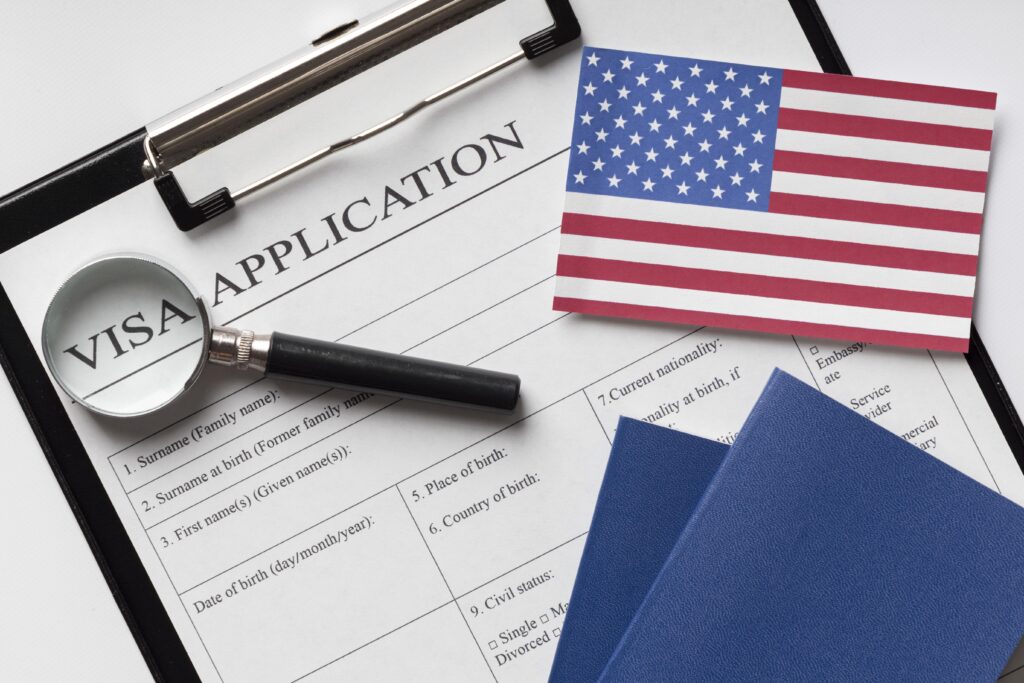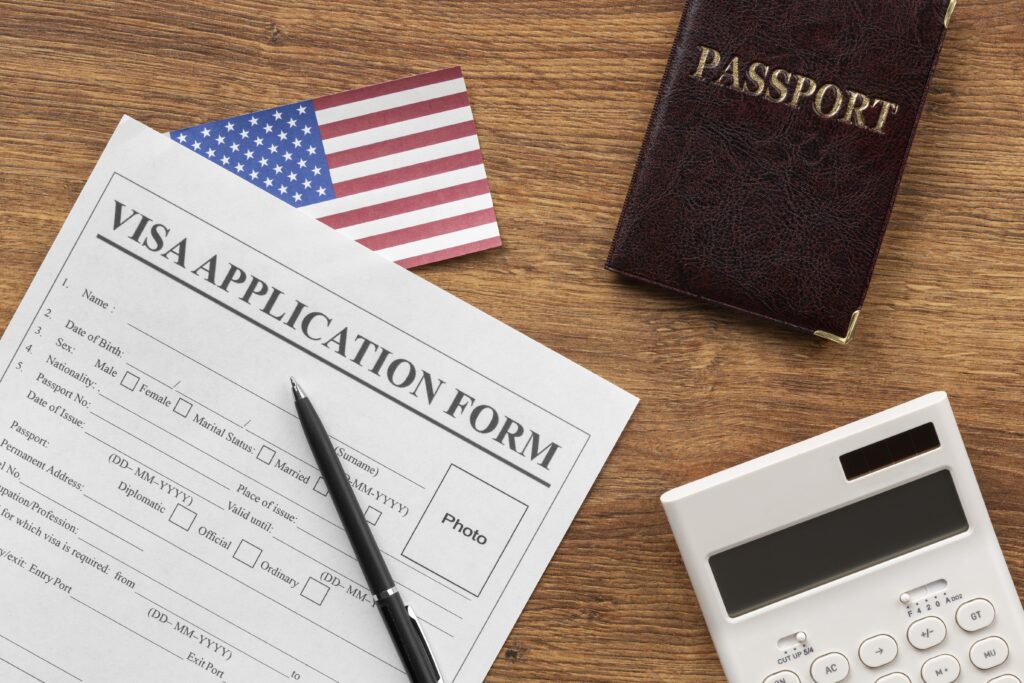The United States remains one of the most sought-after destinations for travelers, professionals, students, and families worldwide. However, the labyrinth of USA visa requirements can feel overwhelming, confusing, and even intimidating. A single mistake on your application could lead to delays, rejections, or even bans—consequences that could derail your dreams.

This is where Almasbibi, a seasoned immigration lawyer from bibilaw.ca, steps in. With years of experience guiding clients through the complexities of U.S. immigration law, Almasbibi offers clarity, strategy, and peace of mind. In this comprehensive guide, we’ll break down everything you need to know about USA visa requirements, common pitfalls to avoid, and how partnering with a legal expert like Almasbibi can make all the difference.
Why USA Visa Requirements Are So Complex
The U.S. immigration system is designed to balance national security, economic needs, and humanitarian priorities. USA visa requirements This results in a multi-layered process with strict eligibility criteria, documentation rules, and ever-changing policies. For example:
Over 20 visa categories exist, each with unique requirements (e.g., work, student, family-sponsored).
Administrative processing delays can add months to your timeline.
Policy shifts under different administrations impact eligibility (e.g., H-1B reforms, travel bans).
Without expert guidance, applicants risk costly errors. Almasbibi emphasizes, “Understanding the ‘why’ behind each requirement is key to presenting a strong, compliant application.”

Types of USA Visas and Their Requirements
1. Non-Immigrant Visas (Temporary Stay)
These visas are for travellers with specific short-term goals. Common types include:
B-1/B-2 Visitor Visas
Purpose: Business meetings (B-1) or tourism/medical visits (B-2).
Requirements:
Proof of ties to your home country (e.g., job, property).
Financial stability to cover trip costs.
No intent to overstay.
Almasbibi’s Tip: “A detailed itinerary and invitation letters boost credibility for B-1/B-2 applications.”
F-1 Student Visa
Purpose: Full-time study at accredited U.S. institutions.
Requirements:
Form I-20 from your school.
Proof of sufficient funds for tuition and living expenses.
Strong academic record.
H-1B Work Visa
Purpose: Employment in specialized occupations (e.g., IT, engineering).
Requirements:
Job offer from a U.S. employer.
Bachelor’s degree or equivalent in the field.
Employer’s Labor Condition Application (LCA) approval.
Did You Know? The H-1B visa has an annual cap, leading to a lottery system. Almasbibi’s team at bibilaw.ca helps employers and applicants strategize for higher success rates.
2. Immigrant Visas (Permanent Residency)
For those seeking to live permanently in the U.S., common pathways include:
Family-Sponsored Visas
Eligibility: Immediate relatives of U.S. citizens or green card holders.
Requirements:
Affidavit of Support (Form I-864) to prove financial stability.
Valid marriage or birth certificates (for family ties).
Employment-Based Visas (EB-1 to EB-5)
EB-1: Priority workers (e.g., researchers, exeEB-5: Investors contributing $800,000+ to U.S. projects.
Almasbibi’s Insight: “Employment-based visas demand meticulous documentation of achievements or investment plans. Generic applications rarely succeed.”
Common Pitfalls in the Visa Application Process
Mistake #1: Incomplete or Inconsistent Documentation
Missing a single form or submitting expired financial statements can trigger denials. USA visa requirements For example, a Saudi client of bibilaw.ca nearly lost his F-1 visa due to an unsigned I-20 form—a mistake Almasbibi caught and corrected within 24 hours.
Mistake #2: Misunderstanding Visa Intent
Non-immigrant visas require proof of temporary intent. A Canadian entrepreneur applying for a B-1 visa once mentioned long-term business plans, raising red flags. USA visa requirements Almasbibi revised his application to focus on short-term goals, securing approval.
Mistake #3: Overlooking Policy Updates
The U.S. frequently updates visa rules. In 2025, USA visa requirements the Biden administration expanded premium processing for certain employment visas a change many applicants missed without legal guidance.
How Almasbibi and Bibilaw.ca Simplify the Process
1. Personalized Eligibility Assessments
Almasbibi’s team evaluates your background, goals, and risks to recommend the strongest visa pathway.
2. Document Preparation and Review
From translating foreign documents to drafting sponsor letters, bibilaw.ca ensures every detail aligns with USCIS standards.
3. Interview Coaching
Visa interviews can be high-pressure. Almasbibi conducts mock sessions to refine your answers and body language.
4. Appeals and Crisis Management
If your application is denied, Almasbibi files motions to reopen cases or appeals with compelling legal arguments.
FAQs About USA Visa Requirements
Q: How long does the visa process take?
A: It varies. Visitor visas may take 3–6 weeks, while employment-based green cards can take years.
Q: Can I apply for a visa without a lawyer?
A: Yes, but legal guidance minimizes risks. Almasbibi shares, “Applicants often don’t realize their application’s weaknesses until it’s too late.”
Q: What if I overstay my visa?
A: Overstaying can lead to bans (3–10 years). Consult bibilaw.ca immediately to explore waivers or adjustments.
Why Choose Almasbibi and Bibilaw.ca?
Proven Track Record: Hundreds of successful visa approvals across categories.
Transparent Pricing: Flat fees for most services, no hidden costs.
My family’s green card application was stuck for years. Almasbibi resolved it in months – Ravi K., California

Final Thoughts: Don’t Leave Your Visa to Chance
Navigating USA visa requirements demands precision, awareness, and often, legal expertise. Whether you’re a student, professional, or family member, partnering with Almasbibi at bibilaw.ca ensures you meet every criterion, avoid costly errors, and present the strongest case to U.S. authorities.
Ready to Begin Your Journey?
Visit bibilaw.ca today to schedule a consultation with Almasbibi. Your American dream starts here.
